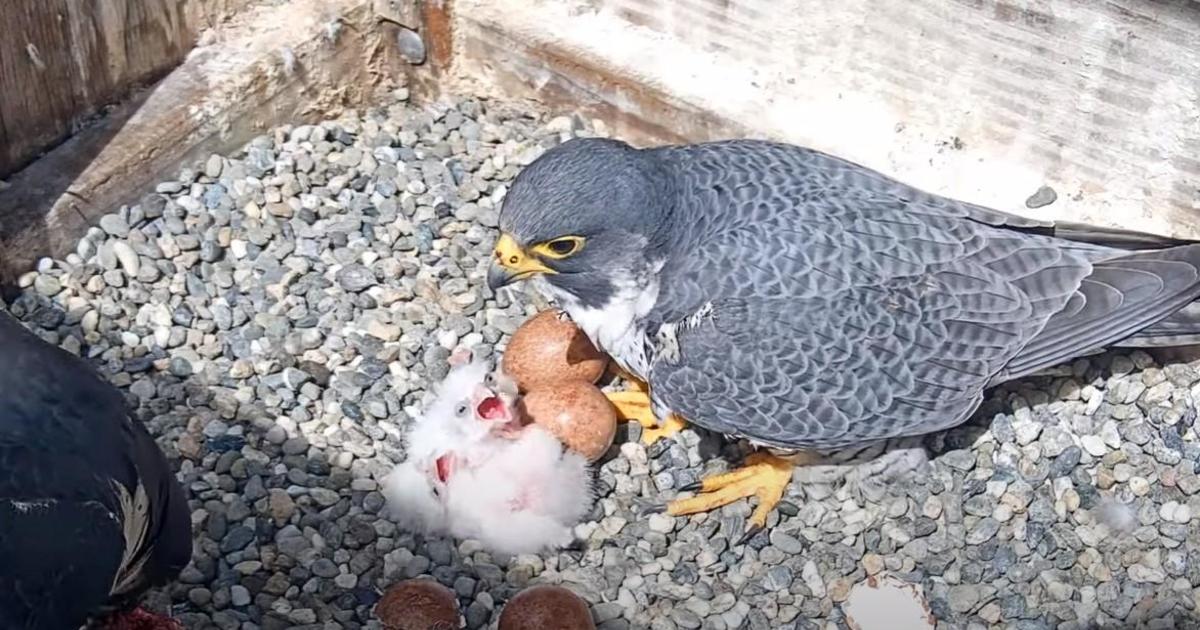StarDate: Serpens South
FROM THE UNIVERSITY OF TEXAS McDONALD OBSERVATORY, AS HEARD ON KCBS RADIO WEEKDAYS @ 9:52 A.M., 7:35 P.M. & 2:52 A.M.
STARDATE 06/24/2014: A star cluster in the constellation Serpens blazes with the fires of dozens of young stars. And it's not that far away — perhaps 1300 light-years or so. That should make it an easy target for most telescopes. Yet until a few years ago, no one knew it even existed. That's because the stars are still embedded in their stellar womb — a vast cloud of cold, dark gas and dust. It took an infrared telescope in space to peer through the dust and reveal the stars.
The cluster is part of a giant complex of gas, dust, and young stars that spans hundreds of light-years. Astronomers had already discovered a large cluster near the center of this complex. And in 2008, they found the new cluster in the southern part of the cloud.
So far, astronomers have seen perhaps 80 or 90 "young stellar objects" in Serpens South. Some are stars, but more than half of them are protostars — collapsing balls of gas that aren't yet producing nuclear reactions in their cores.
The cluster is embedded in long filaments of dark gas and dust, which appear to be collapsing toward the stars. And gas from the larger cloud is falling onto the filaments. This process funnels more of the raw material for making stars toward the cluster, so it's likely to give birth to more stars in the future.
Although the cluster is too faint to see, Serpens is in the south and southeast at nightfall, above and to the left of the curving body of the celestial scorpion.
Script by Damond Benningfield Copyright ©2014 The University of Texas McDonald Observatory



